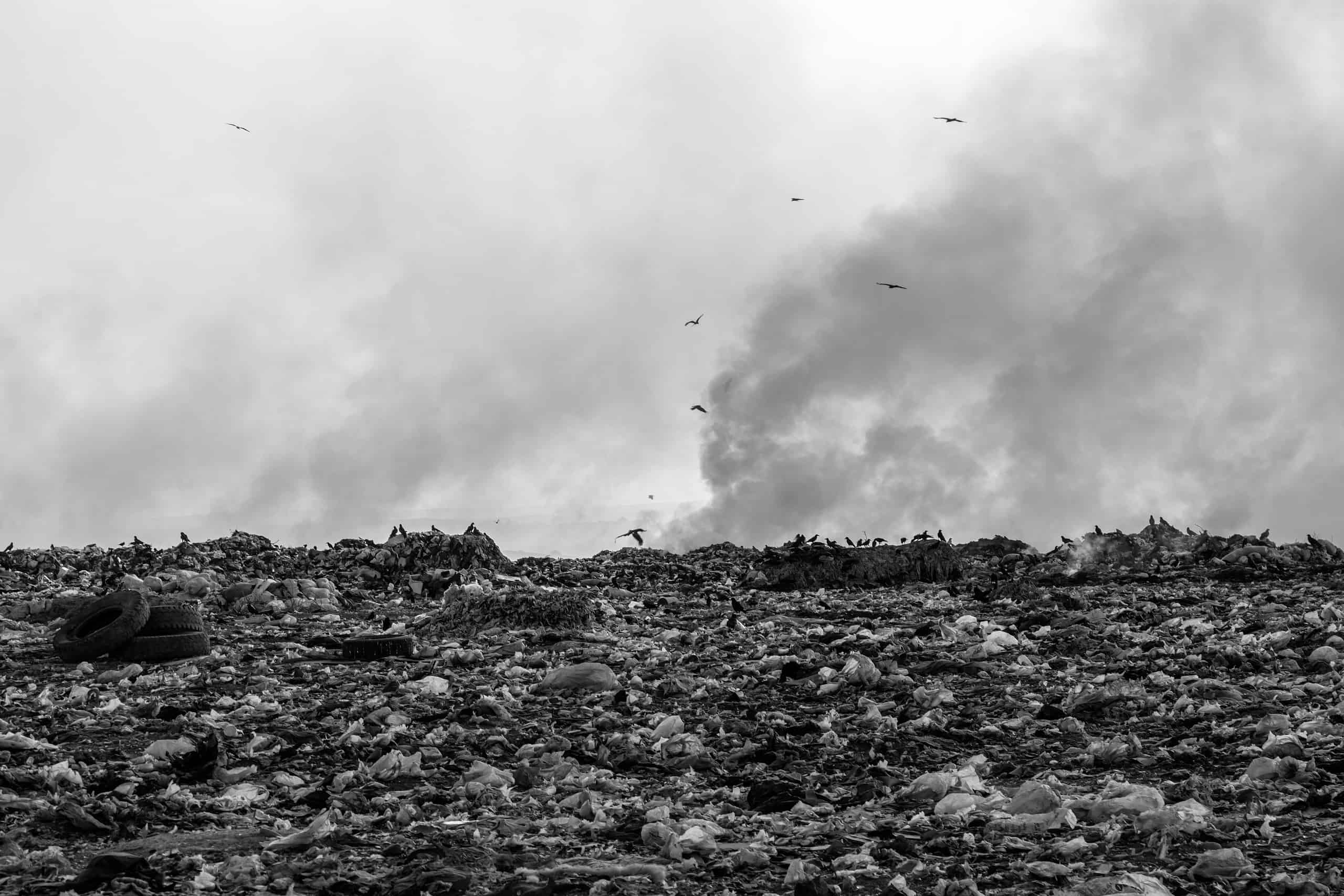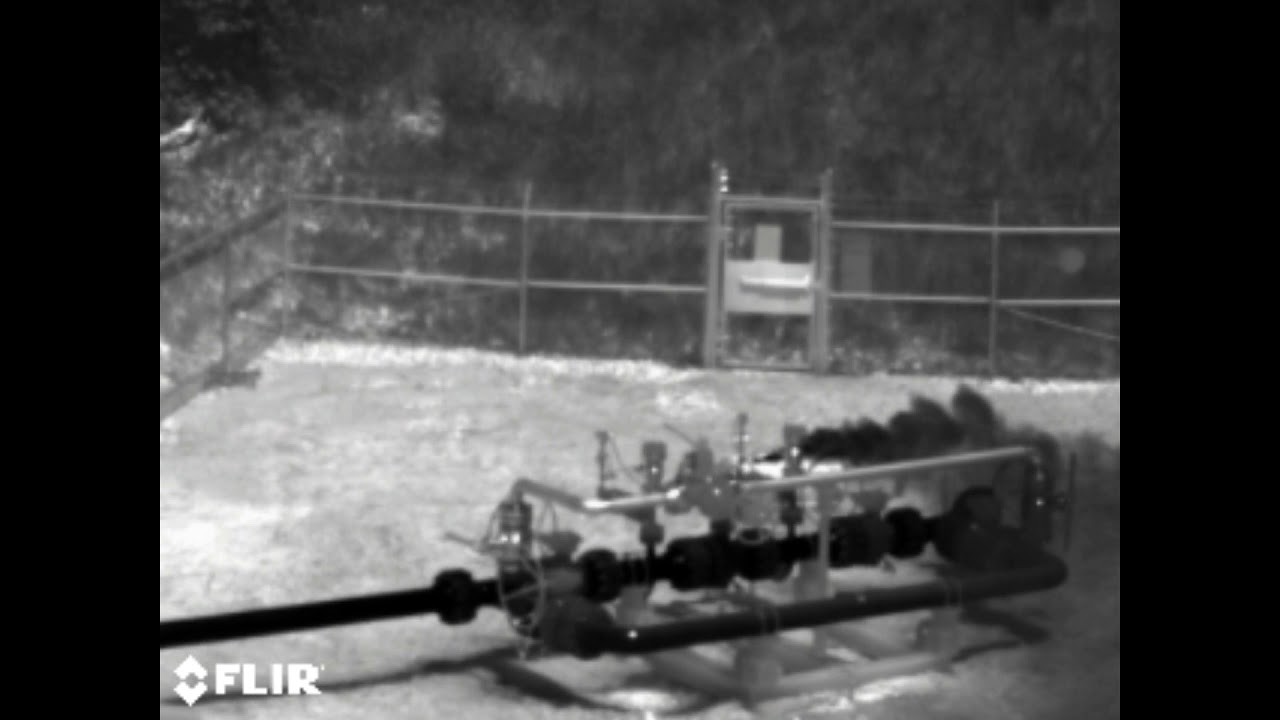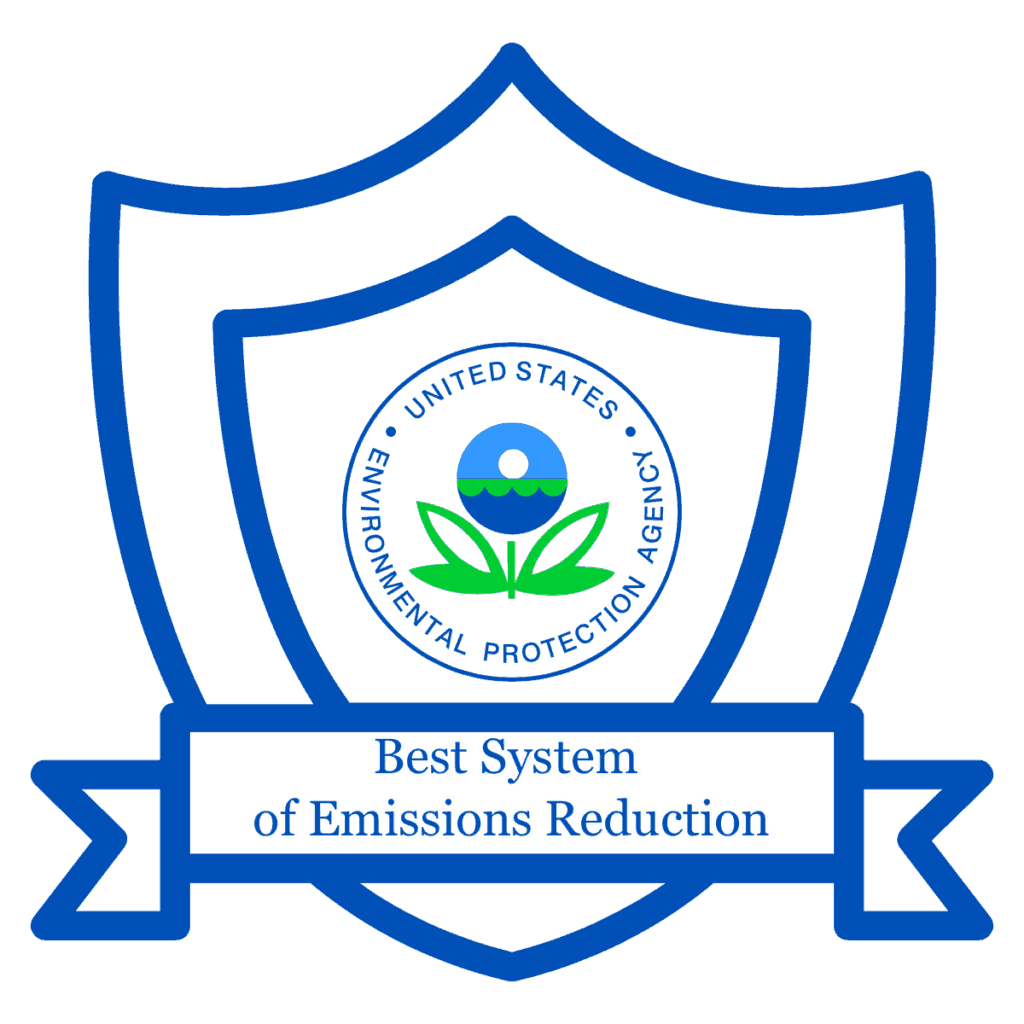Companies are increasing personnel safety, improving data quality, getting critical data much quicker, and protecting the bottom line by incorporating commercial UAVs into their enterprise workflows.
Useful in Upstream Systems, Midstream Infrastructure, and Downstream facilities, a drone or UAV equipped with thermal imaging or optical gas imaging can quickly locate inefficiencies or problem areas with high-resolution images and video of plants, platforms, and pipelines.
Major companies recognize these benefits and are even publicizing commercial drone implementation.
Oil giant BP, the first company to receive FAA authorization for commercial drones to be used over land in the US (2014), showcases its commercial drone implementation in national television advertising – emphasizing its commitment to safety.
Increasing personnel safety is critical as UAV inspection eliminates the need for manual inspection – often in dangerous or hard-to-reach locations. This dramatically reduces risk by keeping inspectors in safe areas and minimizing the use of cranes, cables, scaffolding, and helicopters.
The quality and speed of data collected are greatly enhanced with commercial UAV inspection because drones can access areas humans cannot, thereby obtaining a complete assessment of the site.
The drone operator maintains flight and camera control, allowing fields of view that would otherwise be impossible.
Everyone wants data as quickly as possible, and data collected is immediately available instead of manual inspection assignments that traditionally could take weeks.
Not only is quality data collected quickly, but images and videos are also simple to customize with applications such as FLIR Tools and Viper View. In addition, reports and data can easily be distributed to users and stored for analysis.
UAV inspection is more cost-effective because it can be conducted while the facility is fully operational. There is no need to suspend operation since the drone operator can remain in a safe location while maintaining both flight and camera control.
Companies can also save on insurance and safety equipment costs associated with traditional manual inspections. Additionally, UAV inspection while operating can help spot issues earlier.
Key Benefits of Commercial Drones in the Oil and Gas Sector:
- Safer and faster inspections
- Greatly enhanced leak detection ability and high-quality images and data
- Minimize downtime by avoiding the need for shutting down equipment for routine facility inspections
- Less insurance and safety equipment costs associated with the inspection.
View this video footage of a gas leak captured with the Viper
*OGI is considered an EPA Best System of Emissions Reduction
You should read this…
-

Methane Detection Enters New Era with EPA-Approved Drone Method
Discover how drones equipped with methane detectors are transforming landfill inspections, improving efficiency and safety while reducing emissions.
-

Why Gas Leak Detection (LDAR) must continue to be a priority
For a while it seemed LDAR was no longer critical. Why are we so confident that LDAR remains critical and a priority for the energy industry and the world?

Brad Nichols
Partner, CTO
30-plus years focused on mission-critical technology and operations. 5+ Years experience with Drone Solutions.



